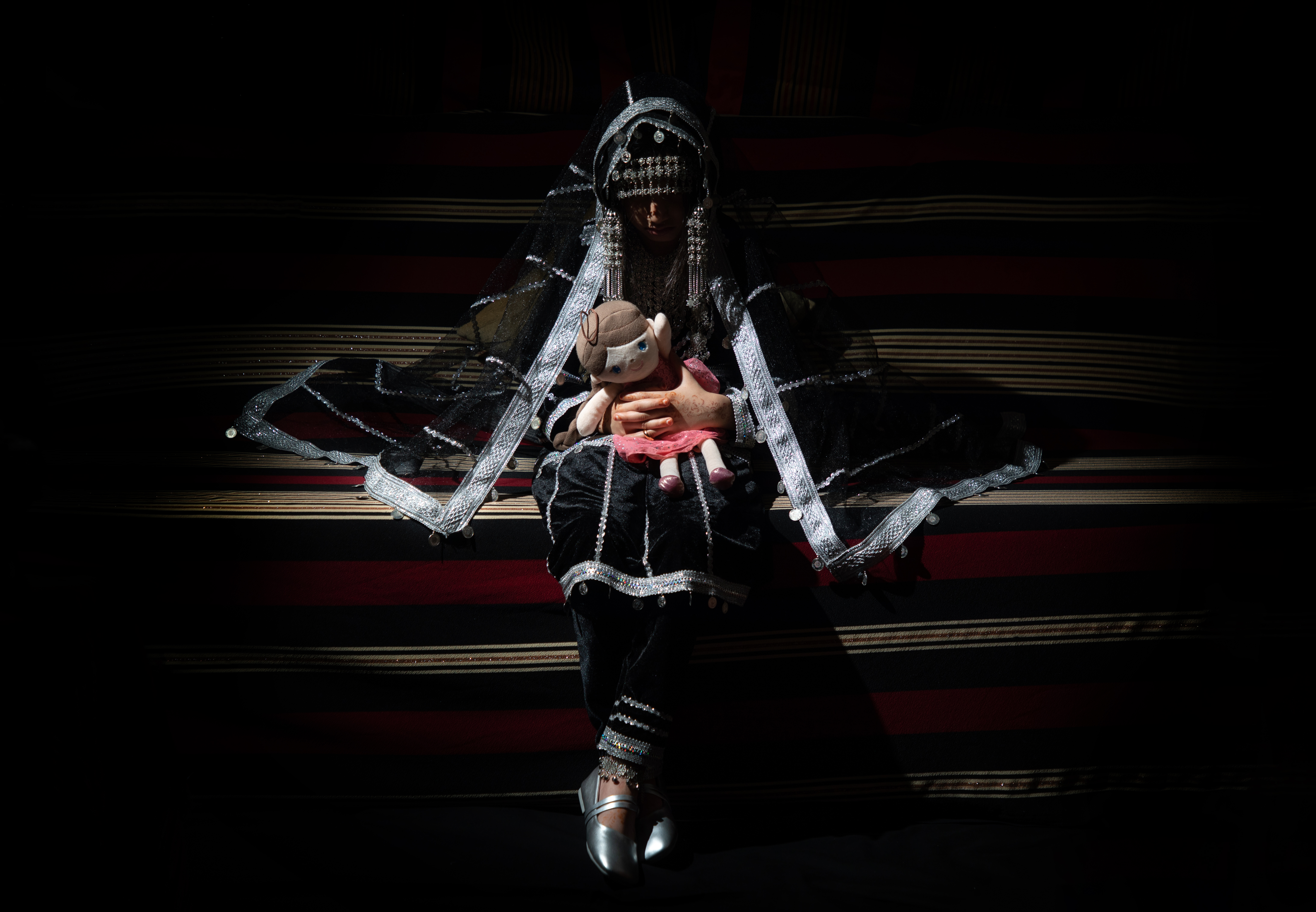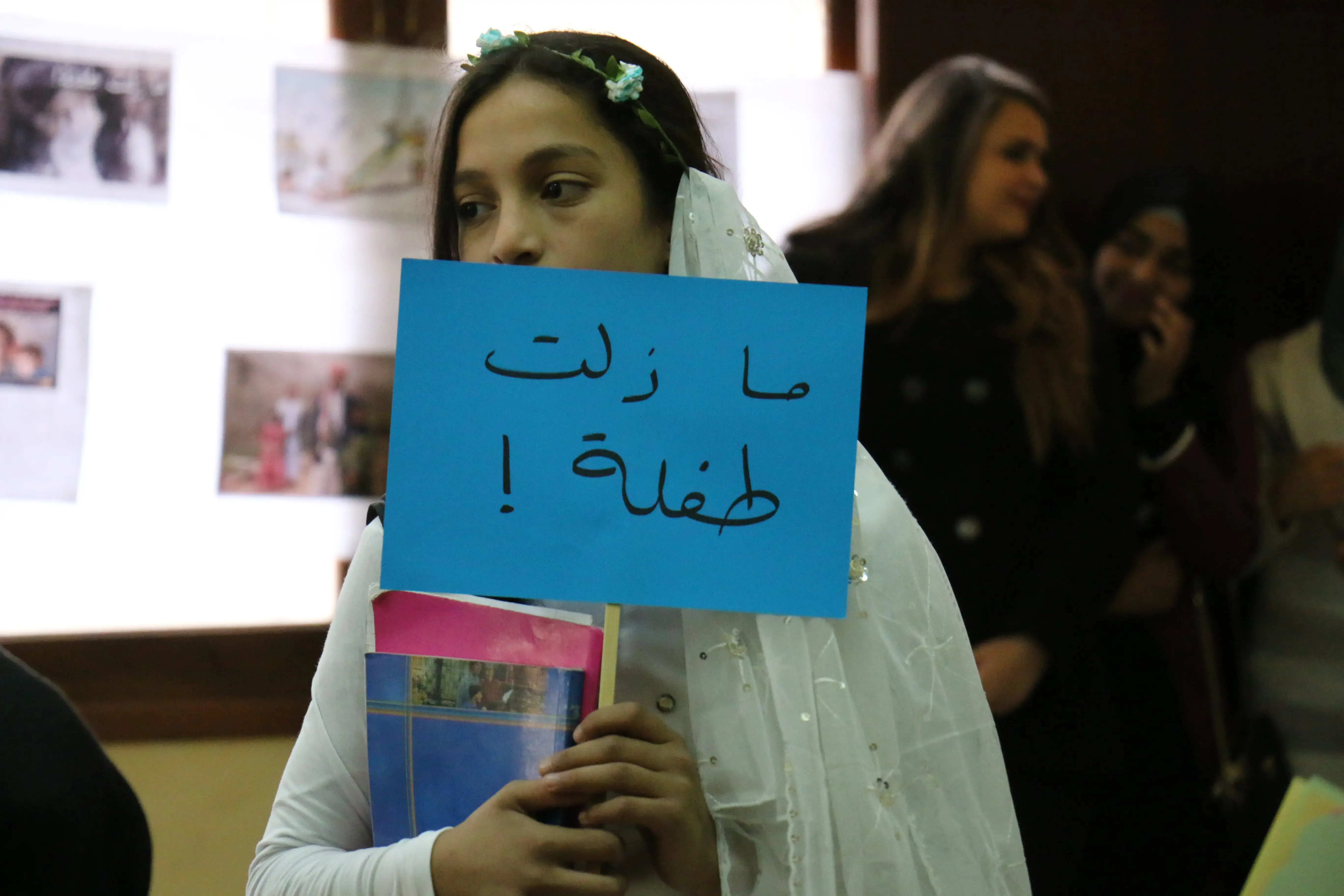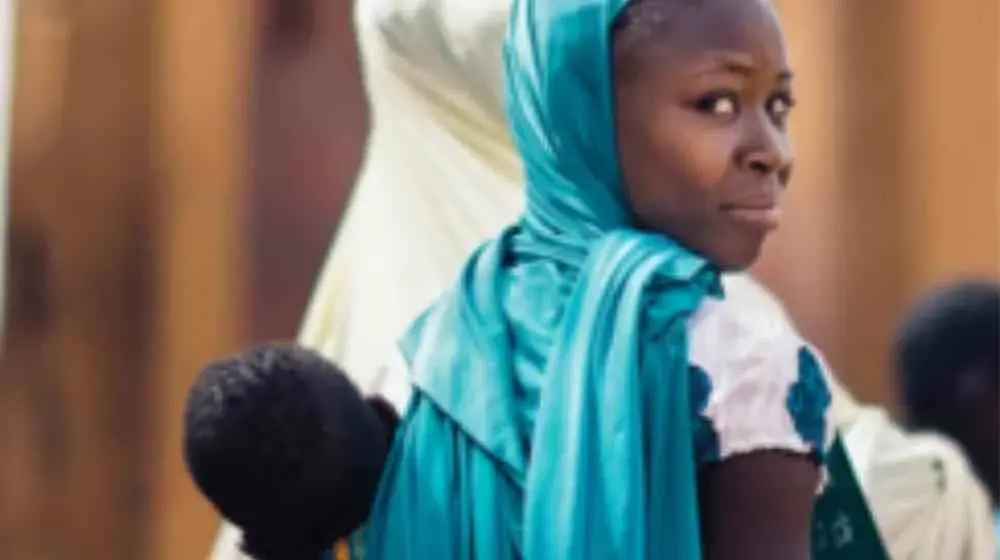Child marriage is defined as the marriage of a girl or boy before the age of 18. Child marriage is a human rights violation that refers to both formal marriages and informal unions. Formal marriage could be under civil or religious law. An informal union is one in which a couple live together and intend to have a lasting relationship but do not have a formal marriage ceremony.
Child marriage threatens girls’ lives and health. It robs them of their childhood and limits their future prospects. Girls pressed into child marriage often become pregnant while still adolescents, increasing the risk of complications in pregnancy or childbirth. These complications are the leading cause of death among older adolescent girls. Child brides are also far less likely to stay in school, limiting their future prospects.

Despite laws against child marriage in many countries, the practice remains widespread. The world is home to 640 million child brides, including currently married girls and women who were first married in childhood, and 37 million live in the Middle East and North Africa.
In the past 25 years, the prevalence of child marriage in the Arab region has dropped from 1 in 3 to 1 in 5 young women. Yet progress appears to have stalled in the last decade for many reasons, including the COVID-19 pandemic and increasing conflicts, climate shocks and crises.
Denial of rights
Child marriage denies girls the right to choose whom and when to marry – one of life’s most important decisions. Choosing one's partner is a major decision, one that should be made freely and without fear or coercion. On this, virtually all countries agree.
Many international agreements outlaw child marriage, including the Convention on the Rights of the Child and the Convention on the Elimination of all Forms of Discrimination against Women. The International Conference on Population and Development in 1994 also called on countries to eliminate child marriage.
Despite near-universal commitments to end child marriage, globally 19 per cent of girls are married before age 18, an average of tens of thousands of girls every single day. Five per cent of girls are married before age 15. Girls that are married or enter informal unions early are denied the right to equality, education, and a standard of living adequate for their health and well-being and that of their family.
Impact on a girl’s health, future and family
Child marriage directly threatens girls’ health and well-being. Marriage is often followed by pregnancy, even if a girl is not yet physically or mentally ready. In developing countries, a majority of births to adolescent girls occur within a marriage or a union. In these countries, complications from pregnancy and childbirth are the leading cause of death among adolescent girls aged 15 to 19.

Girls married as children are more likely to be exposed to sexually transmitted infections, including HIV. When girls marry, they are often forced to drop out of school so they can assume household responsibilities. Girls who leave school have worse health and economic outcomes than those who stay in school, and eventually their children fare worse as well.
Factors contributing to child marriage
Child marriage is driven by harmful social norms and gender inequality. Yet many more factors intersect to place a child at risk of marriage, including poverty, the perception that marriage will provide ‘protection’, ideas of family honour, social norms, customary or religious laws that condone the practice, inadequate legislative frameworks, and the state of a country’s civil registration system. More often than not, child marriage is the outcome of having few choices.
The increasing number of conflicts and crises in the Arab region are placing women and girls at an increased risk of child marriage. Gender inequality is a root cause of child marriage in all contexts, yet faced with insecurity, increased risks of sexual and gender-based violence and the breakdown of rule of law, families may see child marriage as a way to deal with economic hardship, to protect girls from sexual violence or to protect the honour of the family in response to insecurity. Child marriage is also exacerbated among internally displaced people, and forced child marriage has been used as a tactic in conflicts.
Climate change affects child marriage by increasing vulnerabilities and inequalities. Studies have found that climate shocks worsen the drivers of child marriage by leading to people being displaced from their homes, the loss of assets and opportunities for income generation, disruption to education, declining access to sexual and reproductive health services and the creation of settings in which sexual violence and the fear of sexual violence increases. All these factors combine to push families to marry their daughters off early.
How to end child marriage
Existing laws against child marriage should be enforced, especially when girls at risk of child marriage, or who are already married, seek protection and justice. And where it is not yet the case, the legal age of marriage should be raised to 18 without exceptions. But laws only provide the framework for action against child marriage. Practices people deem acceptable are unlikely to disappear through legislation alone.

Governments, civil society and other partners must work together to ensure girls have access to quality education, health information and services, comprehensive sexuality education and life-skills training. Girls who are able to stay in school and remain healthy enjoy a broader range of options, and they are more likely to be able to avoid child marriage.
And, importantly, girls who are already married or in a union need to be supported. They need sexual and reproductive health services to help them avoid early pregnancy and sexually transmitted infections including HIV. Those who become pregnant need access to appropriate care throughout pregnancy, childbirth and in the post-partum period. They should be supported, if they choose, in returning to formal or non-formal education.
Together, these measures lead to more bodily autonomy for girls, their being more in control of their lives, healthier families, higher levels of gender equality and, in turn, stronger societies and more vibrant economies. No society can afford the lost opportunity, waste of talent or personal devastation that child marriage causes.
Ending child marriage could be surprisingly affordable and cost-effective, with major economic benefits arising from increased schooling that then leads to greater productivity and formal employment. In 2019, UNFPA released a joint study with the Johns Hopkins University, in collaboration with Victoria University, the University of Washington and Avenir Health, assessing the price tag to end child marriage in 68 countries that account for about 90 per cent of these marriages. Ending child marriage in these countries by 2030, researchers concluded, would cost just $35 billion – roughly $600 to spare each child bride. In the Arab region, the economic return of investing in ending child marriage was estimated across seven countries (Djibouti, Egypt, Iraq, Morocco, Somalia, Sudan, and Yemen) and for every $1 spent in ending child marriage in these countries, over $35 in returns can be expected. In order for these seven countries to end child marriage by 2030, an investment of an additional $3.5 billion is needed from 2022 to 2030.
UNFPA’s role
UNFPA is committed to delivering tangible, evidence-based solutions to child marriage with an emphasis on efforts that are gender-transformative, can be scaled-up, sustained and produce measurable results. UNFPA works with governments and civil society partners, women-led organizations, faith-based organizations at all levels to promote and protect the human rights of girls including assisting with the development of sexual and reproductive health, gender and youth policies, programmes and services and to transform gender norms to end the practice of child marriage.
UNFPA co-leads the UN Flagship initiative to end child marriage with UNICEF. The UNFPA-UNICEF Global Programme to Accelerate Action to End Child Marriage was designed as a 15-year programme (2016–2030) to contribute to Sustainable Development Goal target 5.3, which aims to eliminate all harmful practices, including child marriage. The Global Programme targets adolescent girls (ages 10–19) at risk of child marriage or already in union, in 12 selected countries with high prevalence or high burden of child marriage: Bangladesh, Burkina Faso, Ethiopia, Ghana, India, Mozambique, Nepal, Niger, Sierra Leone, Uganda, Yemen and Zambia.
The programme promotes the rights of adolescent girls to avert marriage and pregnancy, and enables them to achieve their aspirations through education and alternative pathways. The Global Programme supports shifts in attitudes within households, empowers adolescent girls to direct their own futures, and strengthens the services that allow them to do so, including sexual and reproductive health and social protection programmes. It also addresses the underlying conditions that sustain child marriage, advocating for laws and policies that protect girls’ rights while highlighting the importance of using robust data and evidence to inform such policies.
Updated 9 June 2024





